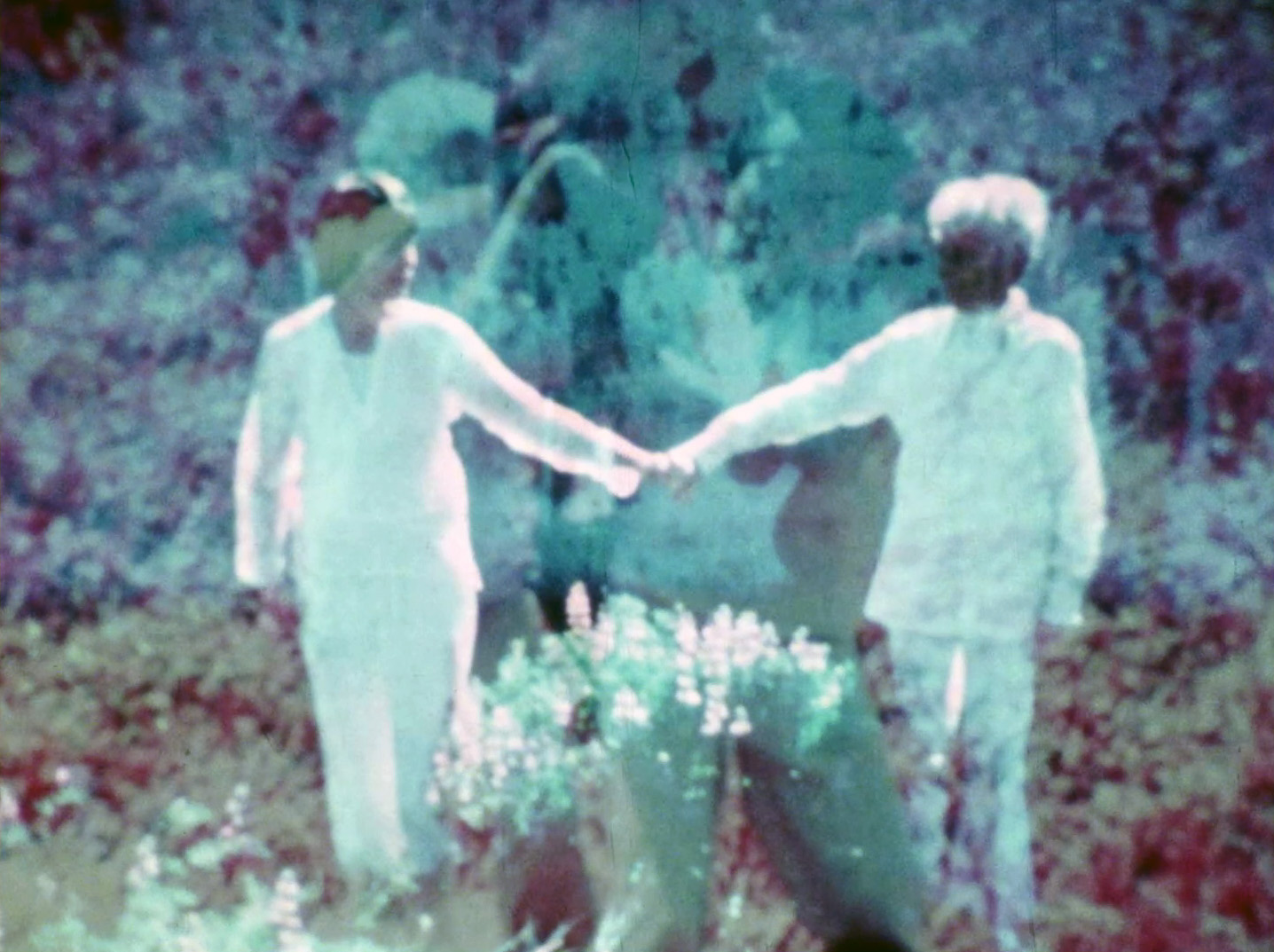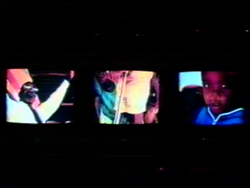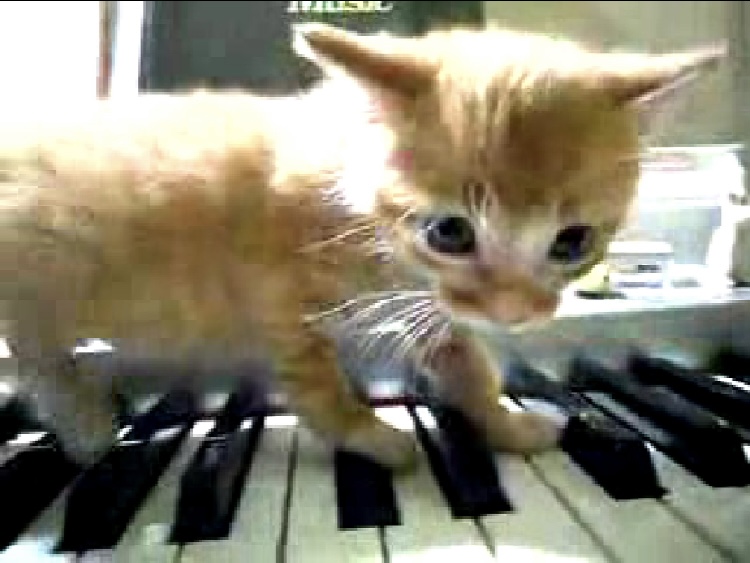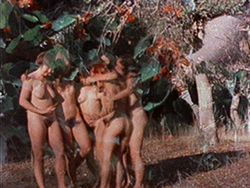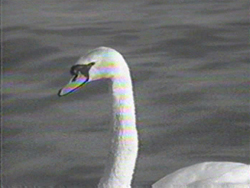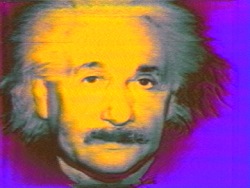Search Results
Search Results
Title Results
Your search returned 792 Titles
"A 70-year-old lesbian feminist, seeing little change in the society after years of work, sends out her 40-year-old self on a journey taking her around the perimeters of the San Francisco Bay. During her quest she encounters aspects of her personality: the guardian angel who has all that she needs; the seductress who leads her astray; the wise woman of secrets who she meets underground. The film culminates in a visual crescendo ascending a tower as the heroine's hair is painted white by her counterparts. A dream vision film." — Barbara Hammer
A video companion to a twenty-four hour group performance organized by Jenkins, Dream City collages live music, poetry, and dance into a pulsating kaleidoscope of color and sound. Frequent Jenkins collaborators Maren Hassinger, Senga Nengudi, and David Hammons appear, as do snippets of chess...
A document of the artist's three-channel audio/video installation of the same title, Dreamkeeper is the second part of Jones' ongoing transcultural dialogue, a commentary on the emerging global African diaspora culture. Here he uses a drum to signify the link among diaspora peoples, stating, "The...
Arnold Schoenberg’s 1909 op. 11 Drei Klavierstücke (aka Three Piano Pieces) made by editing together videos of cats playing pianos downloaded from the internet. When launched on YouTube, the videos spread to both animal blogs and classical music blogs, thus the work was both an experiment in...
"Hammer's films of the '70's are the first made by an openly lesbian American filmmaker to explore lesbian identity, desire and sexuality though avant-garde strategies. Merging the physicality of the female body with that of the film medium, Hammer’s films remain memorable for their pioneering articulation of a lesbian aesthetic.” - Jenni Sorkin, WACK! Art and The Feminist Revolution, 2007.
EAI commissioned artist Takeshi Murata to create a special introductory piece for EAI's 40th anniversary programming, which will take place throughout 2011. Murata's creation is a stunning homage to forty years of experimentation by artists. With his intricate and lush interventions into archival footage from the 1960s and '70s (including glimpses of EAI founder Howard Wise), Murata initiates a vivid dialogue between the analog past and the digital now.
In Ecochannel Design, Ryan presents a blueprint for a television channel designed to monitor the ecology of a particular site. As part of the overall project, Ryan includes proposals for inspecting the Hudson River estuary at regualar intervasls to convey a sense of the cyclical nature of the...
In Einstine, which was based on the installation Psychedelevision in Color, a photograph of Albert Einstein is colorized and manipulated to the music of Rimsky-Korsakov.
These three seminal works demonstrate the spontaneity of early image-processed video, and exemplify Siegel's experiments with the interrelationship of image and music.
